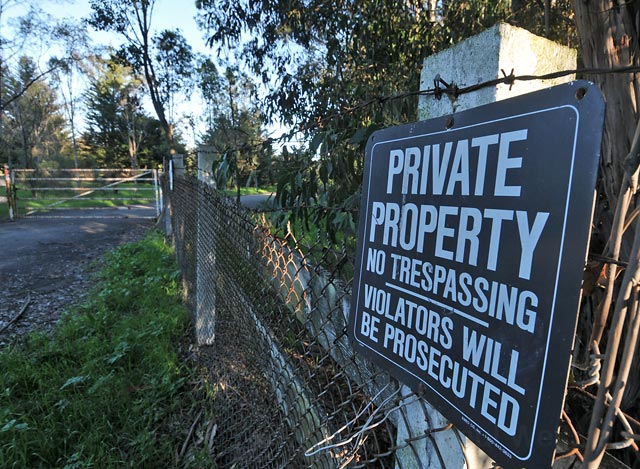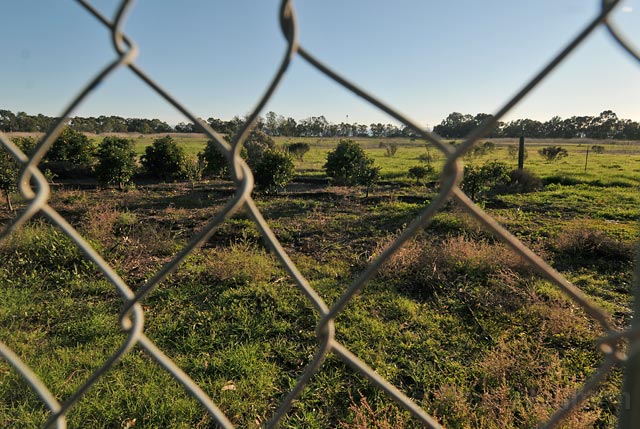Naples for Everyone?
First Bank Quietly Grants Public Access at Historic Property

It appears that the days of barbed-wire limbos, security guard sneak-bys, and assorted other trespassing antics in order to access the privately owned paradise at the eastern edge of the Gaviota Coast are, at least for now, a thing of the past. With little fanfare, the Missouri-based bank that currently owns Naples filed paperwork with the county more than six months ago that essentially grants public access to much of the celebrated 1,100-acre property. Invoking California Civil Code Section 813, First Bank representative Neil Hausman filed a 53-page document with the County’s Clerk-Recorder on June 25 that, in the words of the code itself, establishes “the right of the public or any person to make any use whatsoever of the land … by permission and subject to control of the owner.”
However, in an ironic twist of legal chess, it appears First Bank, which has owned the property since former—and still—hopeful Naples developer Matt Osgood defaulted on several million dollars’ worth of mortgage payments last year, has actually opted to “open” the land with the specific intention of stifling efforts to create lasting public access to the property and the beaches below. With the Naples Coalition—the grassroots group dedicated to preventing build outs, such as Osgood’s controversial 70-mansion-strong dream, on the dozens of coastal parcels known collectively as Naples—now three years into preliminary efforts at establishing prescriptive rights (i.e., legally enforceable public access to and through otherwise private property based on five consecutive and provable years of historical use against the will of the owner) for much of the eastern Gaviota neighborhood from the Bacara to Dos Pueblos Canyon, Section 813 works as a strategic stop to the accumulation of any more historical use.

That is to say, once you place an 813 on a property, the folks trespassing are no longer doing so without the permission of the owner and thus their actions can no longer be counted toward establishing prescriptive rights. So, long story short, while guilt-free, non-lawbreaking jaunts to Naples are now possible, just how long this freedom will last, given the fact that county-approved development plans are still very much on the table and public access isn’t part of them, is anybody’s guess. As of press time, both Osgood and First Bank had failed to return calls from The Independent.
“It’s very tricky law—that’s the bottom line,” summed up attorney Marc Chytilo earlier this week about the nature of establishing prescriptive rights. Working with the Naples Coalition and the Gaviota Coast Conservancy, Chytilo has been helping head up the aforementioned efforts to potentially ensure such public access in and around Naples. Based on data already compiled via interviews and online surveys, Chytilo opined, “It’s clear that people are using [Naples] as if it were public land. In some areas, we already have 40 good years of use documented.” According to Chytilo, despite the recent 813 revelation, the coalition is still very much working to flesh out detailed narratives of longtime use of the area by hikers, surfers, swimmers, bird watchers, and various other lovers of nature and open space in anticipation of the 813 eventually being revoked.
In other Naples news, while the extent of his ongoing involvement remains to be seen given his defaulted-upon status, Osgood’s development plans are slated to be back at the county supervisors on February 2 as all parties involved continue to work toward resubmitting a Notice of Final Action to the California Coastal Commission so as to facilitate their eventual deliberations on the topic.



